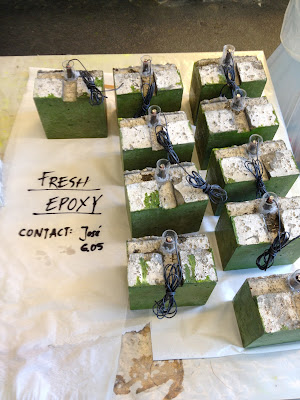The use of the scanning electron microscope (SEM) in concrete research is not new. One of the main advantages of using the SEM is the characterisation of elements in cement phases, hydration products (CSH) or deleterious reactions (ASR). Energy-Dispersive X-ray Spectrometry (EDS) is capable of detecting elements heavier than carbon (C), but in order to provide fully-quantitative analysis, a reference mineral must be employed.
Why is this reference mineral so important? Well, let me provide an analogy to explain it.
Imagine that your car's speedometer is not properly calibrated. It tells you that your speed is 60 mph, yet your driving speed is 100 mph. It would be hard to convince the police officer that you didn't intend to overspeed.
Going back to microscopes, the reference mineral will calibrate your EDS detector to acceptable values. This will provide your research with strong scientific proof that the elements that you've encountered, and their atomic proportions, are correct. The selection of the reference mineral will depend on the elements you are interested in, their atomic ratios, etc. While it is not a simple task, it will improve your results dramatically.
Until next time,




























